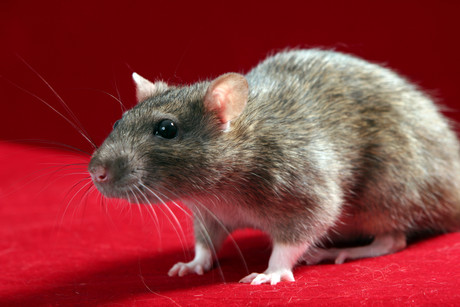Antibodies found to control seizures in epileptic mice

Japanese researchers have reported the effect of a particular type of monoclonal antibody on epilepsy in mice, with promising results. Their study has been published in the journal Scientific Reports.
The causes of epilepsy are largely unknown, but it has been established that high mobility group box 1 (HMGB1) protein expression may be linked to epilepsy-related inflammations. Researchers led by Masahiro Nishibori from Okayama University set out to investigate the HMGB1–epilepsy connection in detail.
Since an increased production of HMGB1 has been observed earlier in human and rat epileptic brains, Nishibori and colleagues tested the hypothesis that HMGB1 plays a role in epileptogenesis and, specifically, in disruptions of the functioning of the blood–brain barrier. The latter is a semipermeable membrane in the brain separating blood from other, extracellular fluid.
The researchers did experiments with mice treated with pilocarpine — a molecule which, when injected systematically with a high dose in mice, can initiate seizure and then cause status epilepticus. Nishibori and colleagues confirmed this disruption: pilocarpine-injected mice undergo a translocation of HMGB1 from the cerebrum (the principal part of the brain located at the front of the skull) to the blood, affecting the permeability of the blood–brain barrier. They also proved that administering of exogenous HMGB1 could exacerbate the blood–brain barrier disruption.
The scientists then looked at the effect of intravenously introducing anti-HMGB1 monoclonal antibodies (mAb) to the pilocarpine mouse model. They found that such treatment leads to the inhibition of HMGB1 translocation and the protection of blood–brain barrier permeability. This in turn resulted in prolonged seizure latency.

“Thus, anti-HMGB1 therapy may provide a novel strategy for controlling the epileptogenesis,” the researchers wrote — an important finding in the ongoing quest for understanding and curing epilepsy.
Fluorescent spray detects fingerprints at crime scenes
Scientists have developed a water-soluble, non-toxic fluorescent spray that makes fingerprints...
NIST develops urine standard for kidney disease diagnosis
In order for doctors to diagnose kidney disease and other conditions that affect kidney function,...
Liquid reagent inactivates SARS-CoV-2 in patient samples
The unique composition of the reagent could extract RNA in patient samples in little as...







